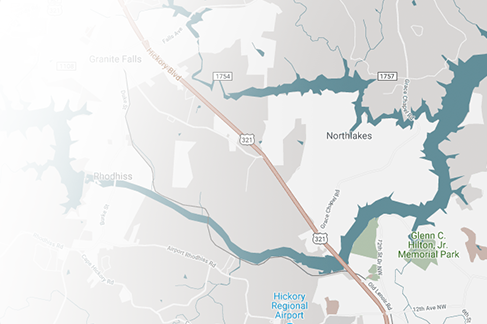Knee pain is one of the most common complaints that people have. It can be caused by a number of different things, from injury to arthritis. One type of knee pain that is often overlooked is bursitis. Bursitis is inflammation of the bursae, which are small, jelly-like sacs that cushion and lubricate the joints. Bursitis can cause considerable discomfort and make it difficult to move the joint. This article will discuss what knee bursa pain is, its causes and symptoms, and treatment options.
Knee Bursa Pain
Bursitis is a painful condition that can occur in any of the bursa that are found throughout the body. The bursas act as cushions between bones and muscles, and help to reduce friction. When bursitis occurs, the bursa becomes inflamed. This can happen as a result of repetitive motions, friction, or trauma.
Most cases of knee bursitis are caused by friction and irritation, and tend to develop gradually. However, if the bursa is injured, the symptoms may appear quickly.
Knee bursitis is characterized by pain and stiffness in the joint. In some cases, the pain may be severe enough to interfere with daily activities.
The pain from bursitis may be worse with movement, but it may also occur at rest. In addition to pain, people with knee bursitis may experience tenderness, swelling, and warmth around the affected area.
If a bursa is infected, you may also have a fever. If you have a fever in addition to knee pain or swelling, call your doctor right away.
Knee Bursa Pain Treatment
If you're diagnosed with knee bursitis, your doctor will likely suggest non-surgical treatment first. This is because knee bursitis tends to improve with time, sometimes even without treatment.
Treatment options may vary from home remedies and lifestyle changes to medication, physical therapy, or steroid injections. These types of medical treatments are often effective for treating knee bursitis and they may help manage pain.
For example, icing the affected area for 20 minutes several times a day can help reduce pain and swelling. The ice should be applied directly to the skin over the bursa, not over clothing.
You should also avoid activities that put stress on the joint, such as running or jumping, until the bursitis improves. In some cases, your doctor may also recommend taking oral anti-inflammatory medication or receiving steroid injections to help reduce pain and inflammation.
Physical therapy may also be an option to help improve range of motion and strength.
Knee bursitis often improves with time and conservative treatment, but in some cases surgery may be necessary to remove the inflamed bursa.
Surgery to treat knee bursa pain
For individuals suffering from knee bursa pain, surgery may be a viable option. The surgery involves removing the bursa and is typically performed arthroscopically.
Arthroscopic surgery is a minimally invasive procedure that removes the knee bursa through a tiny incision.
There are many benefits to minimally invasive surgery, such as reduced pain, shorter recovery period, and less scarring.
For individuals who have not found relief from more conservative treatments, arthroscopic surgery to remove the bursa may provide the relief they need.
At Prime Surgical Suites, we provide state-of-the-art, cost-effective musculoskeletal surgical care in a convenient and comfortable outpatient setting for patients of all ages. Located in RiverCrest Medical Park, we are the region's first outpatient center focused exclusively on orthopedics. Our physician-led center will help restore your active lifestyle and well-being with compassion and orthopedic excellence.
.png?width=200&height=63&name=Prime%20Surgical%20Suites%20Logo-FINAL%20(REV_2_19).png)






